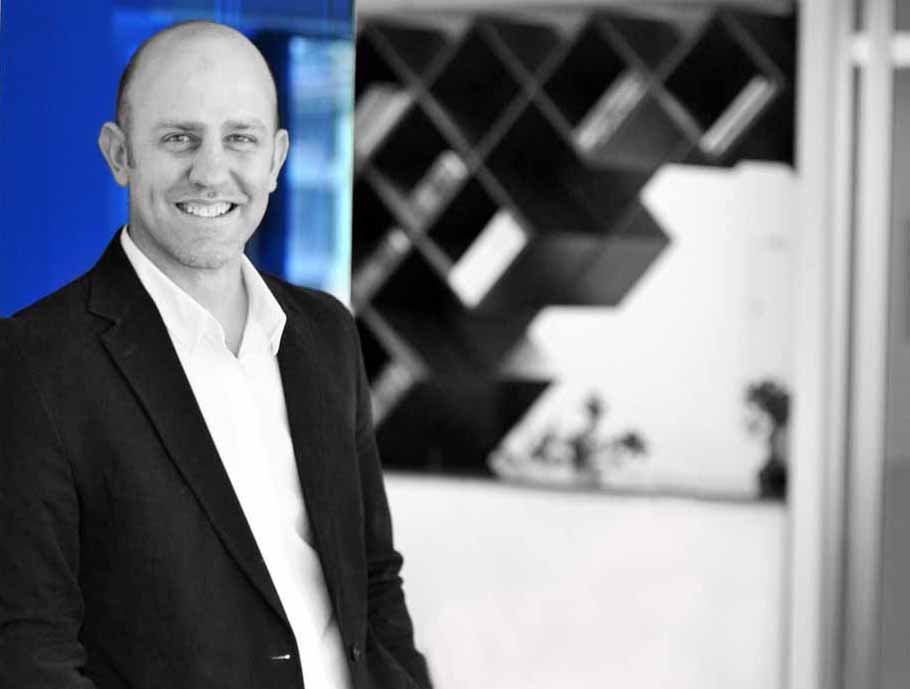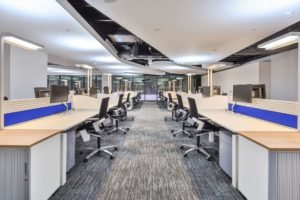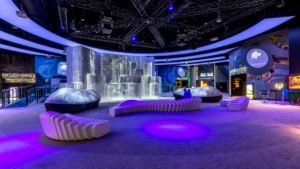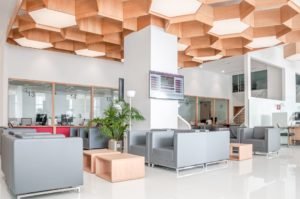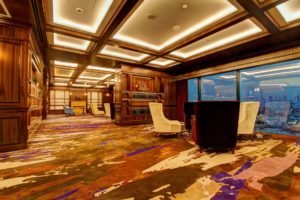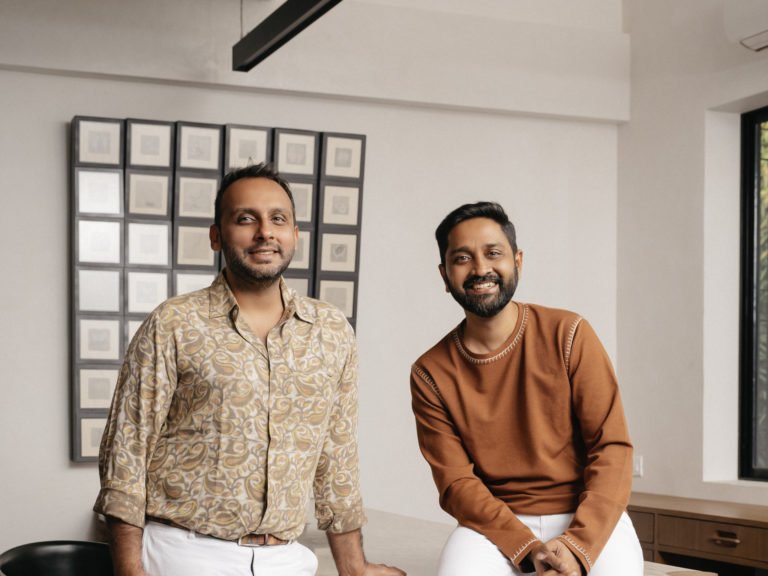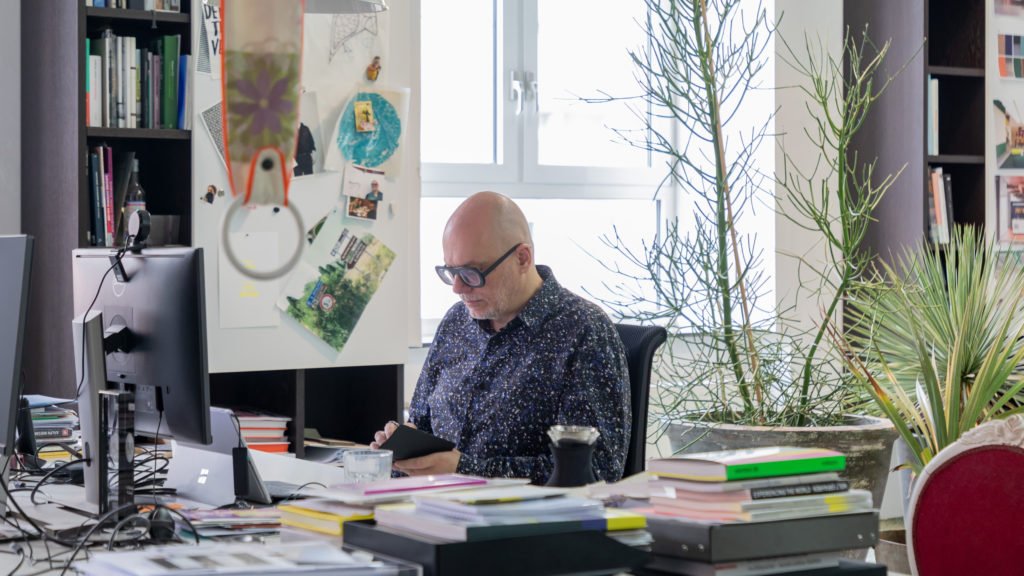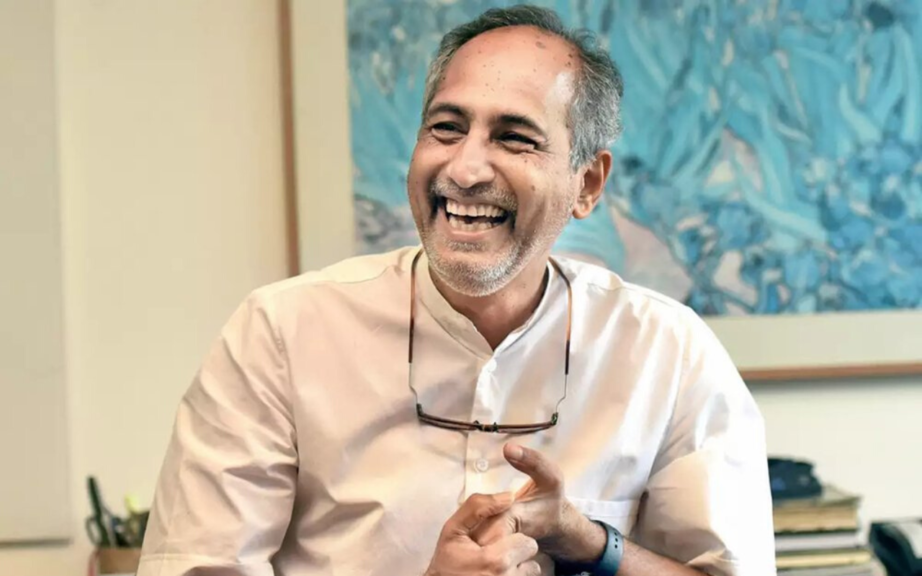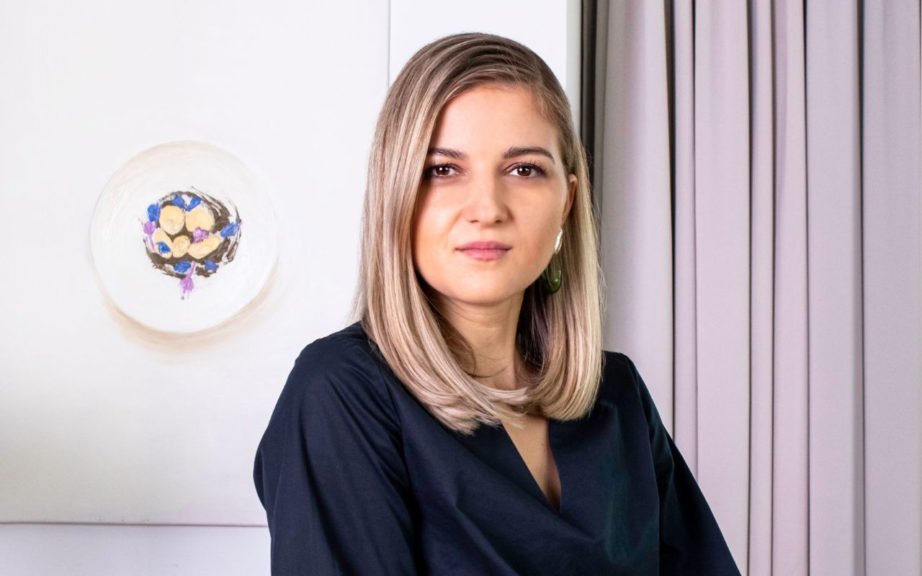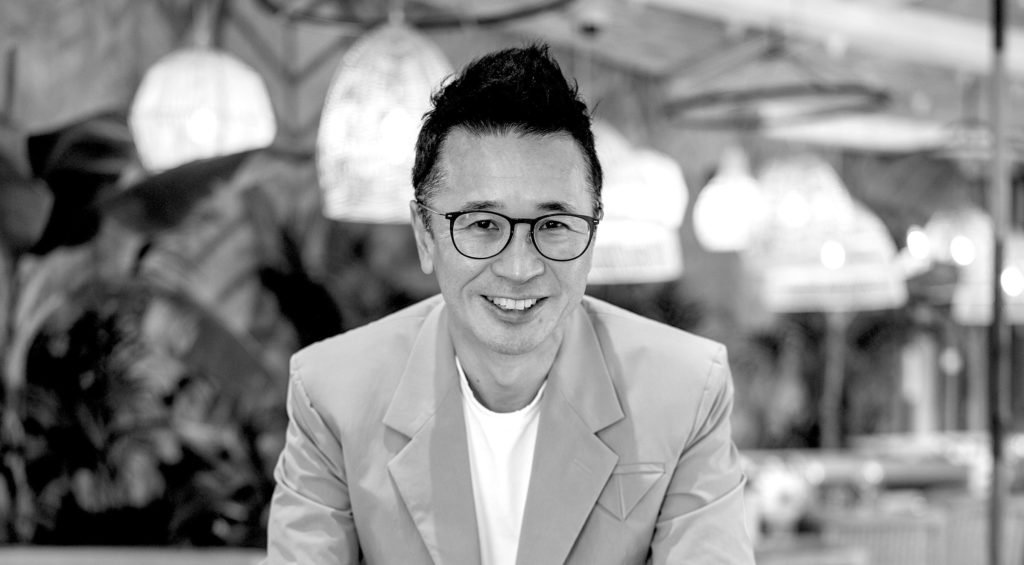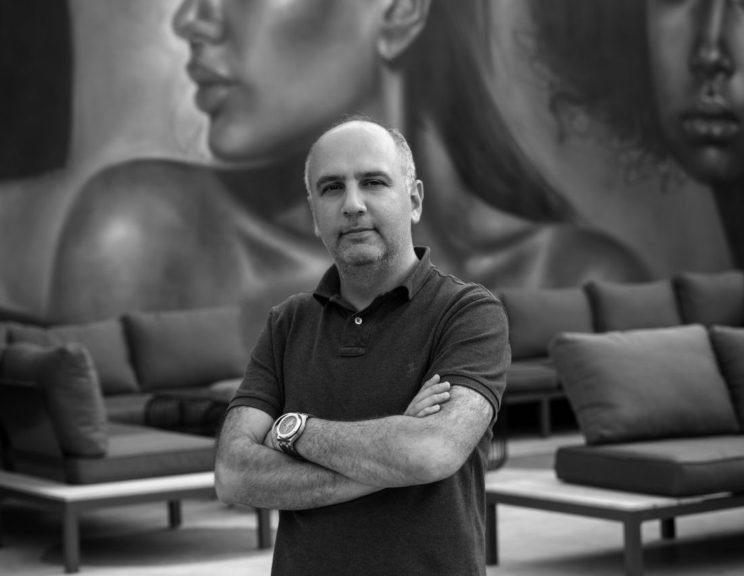As both an interior designer and a business owner, Ben Corrigan, Founder & CEO of Bluehaus Group, has seen his fair share of projects. Standing on both sides of the wall that divides the creatives from those responsible for the physical manifestation of the project, experience has conditioned his mind to strike an ideal balance between creativity and pragmatism.
Although the majority of his firm’s work falls under the corporate sector, his formative years’ involved F&B projects via Hybrid Concepts, his first business based in the UK straight out of university. That, and Sodabar (a bar-lounge concept run by Ben and his brother for a number of years) are perhaps the main reasons for his admittedly justifiable bias for the F&B sector. After a successful run with Hybrid Concepts came the economic recession of the 90’s, his first experience with the realities of a market slowdown and the not-so-fun side of the business. In 1998, an opportunity presented itself with the Copenhagen Group; the decision that brought him to Dubai.
Ben took on an entrepreneurial role relatively early in his career and has never looked back. He sensed in the early 2000’s, an opportunity for a small boutique design practice – one that focused its investment on people and technology and was not weighed down by expensive real estate. Running a lean yet effective, quality driven operation is one of his core beliefs, and is what has helped Bluehaus Group weather the many storms that have passed through the region.
We decided to catch up with Ben for a chat to know more about his work, his take on the A+D industry, and what excites him.

